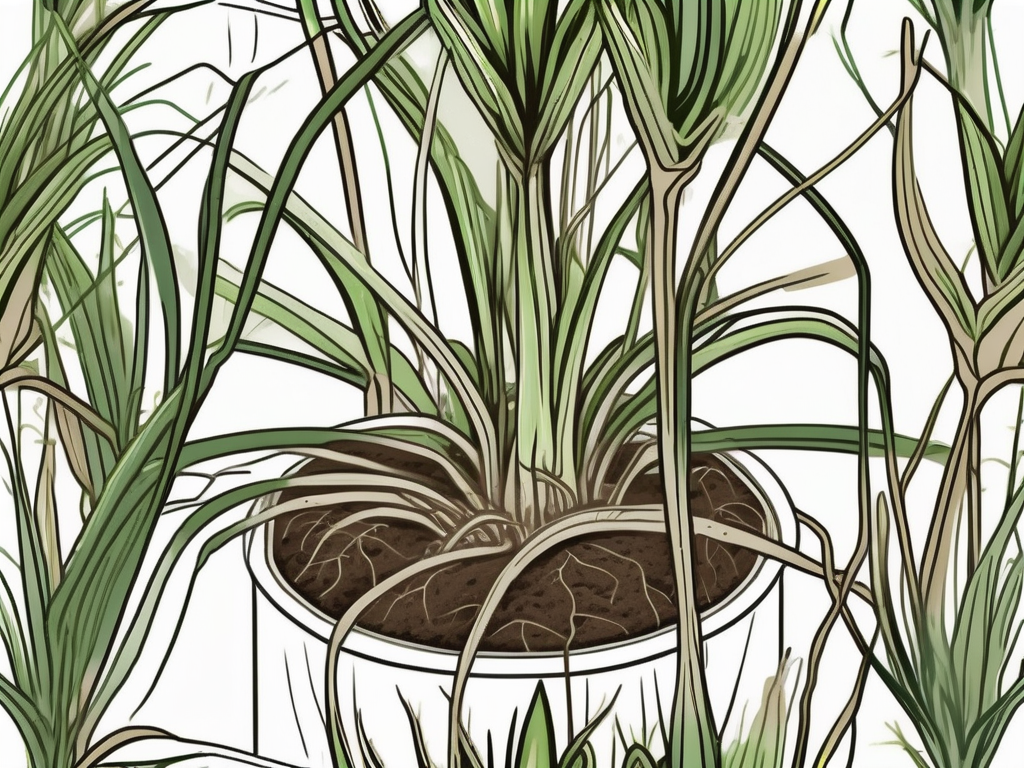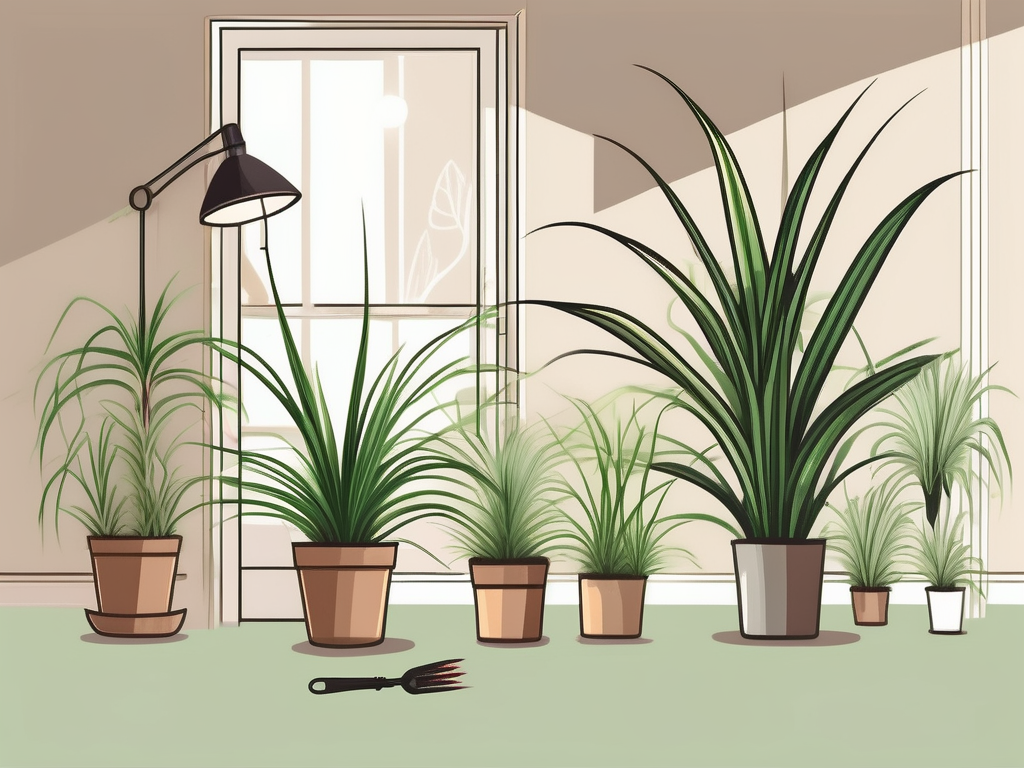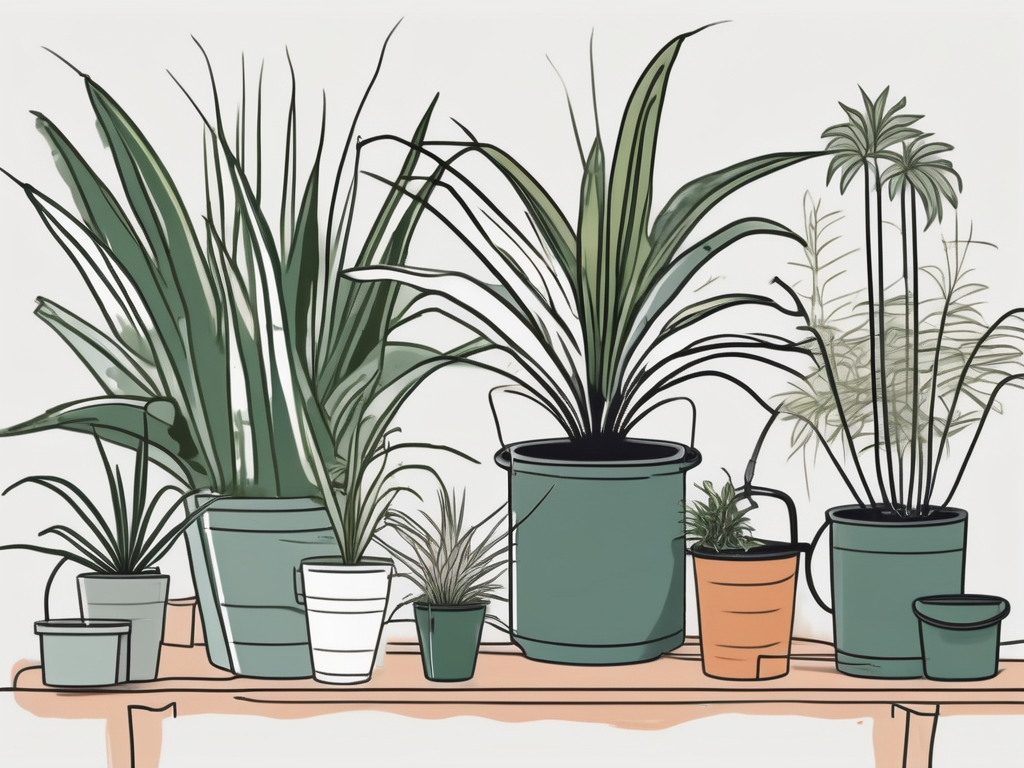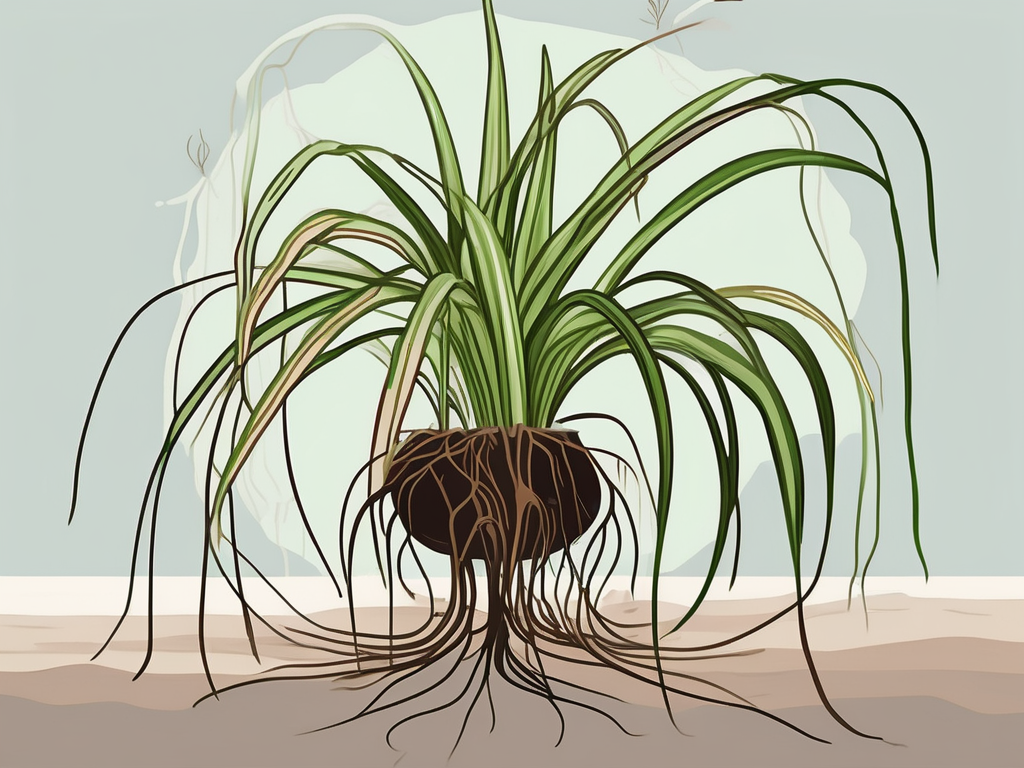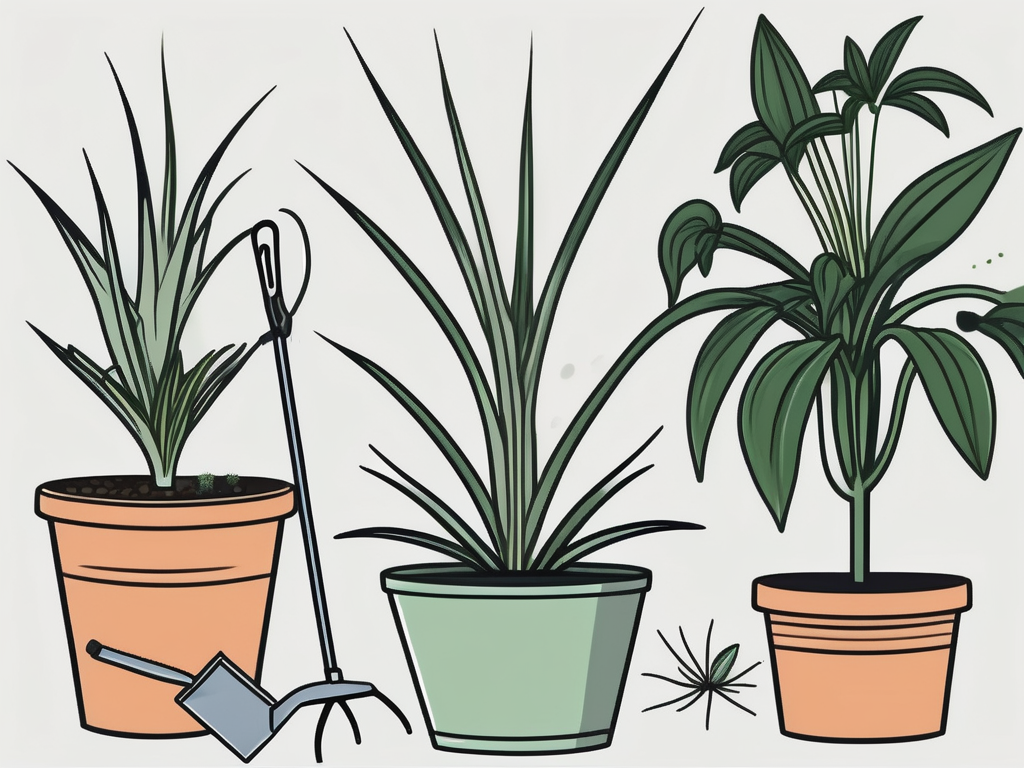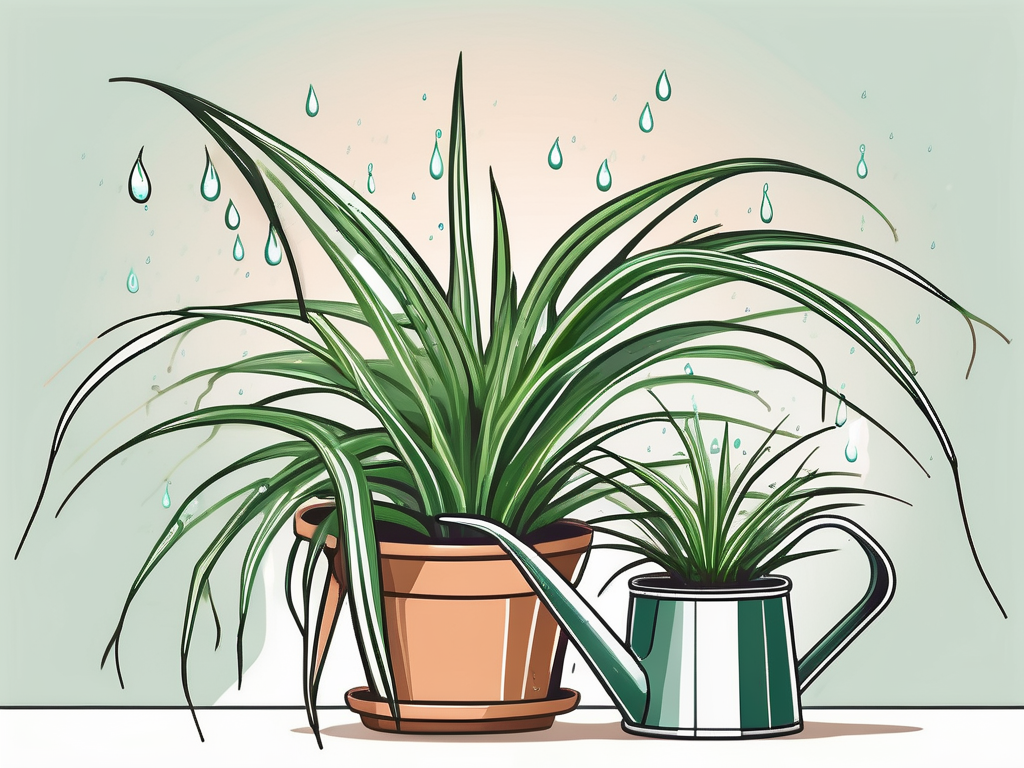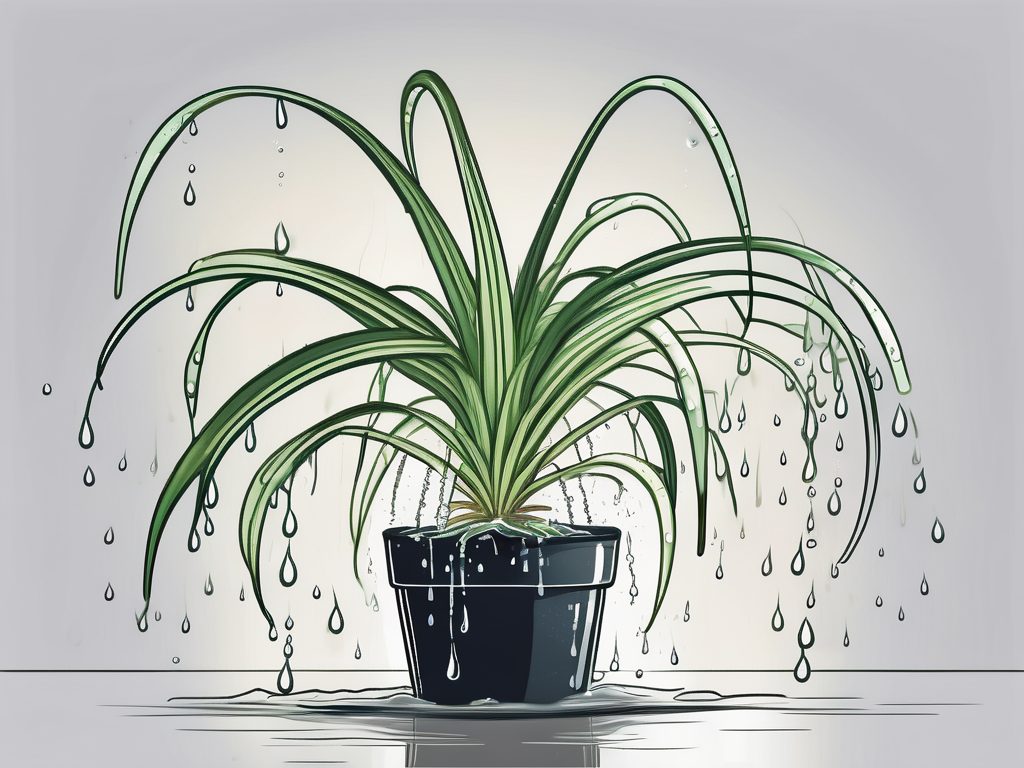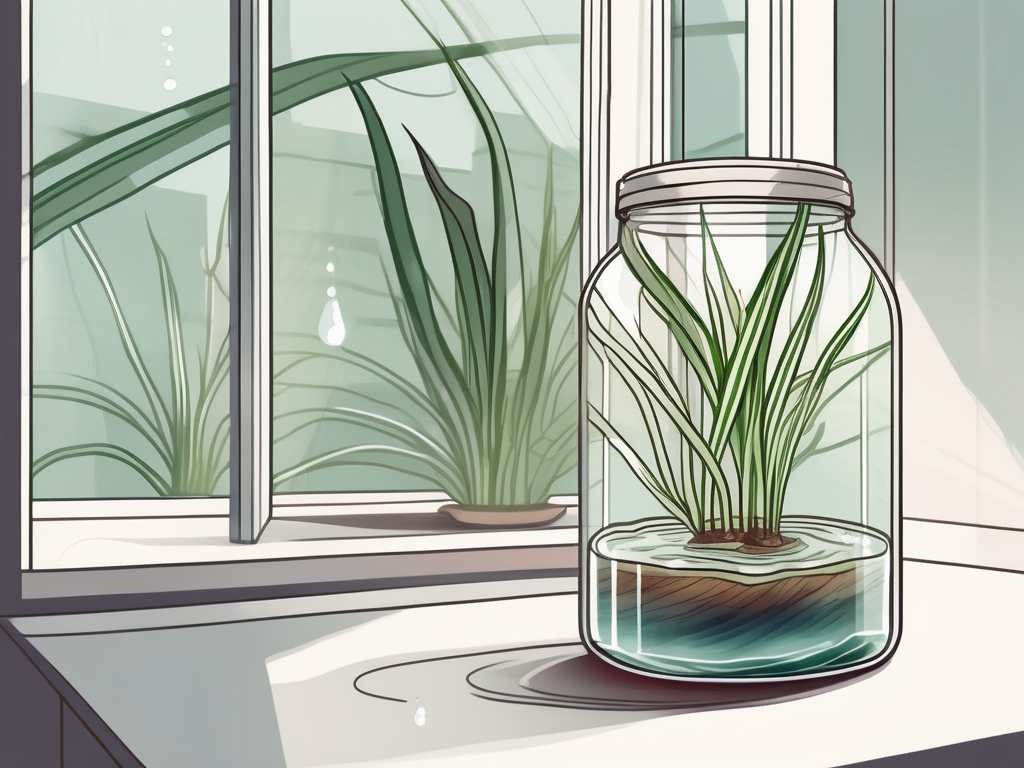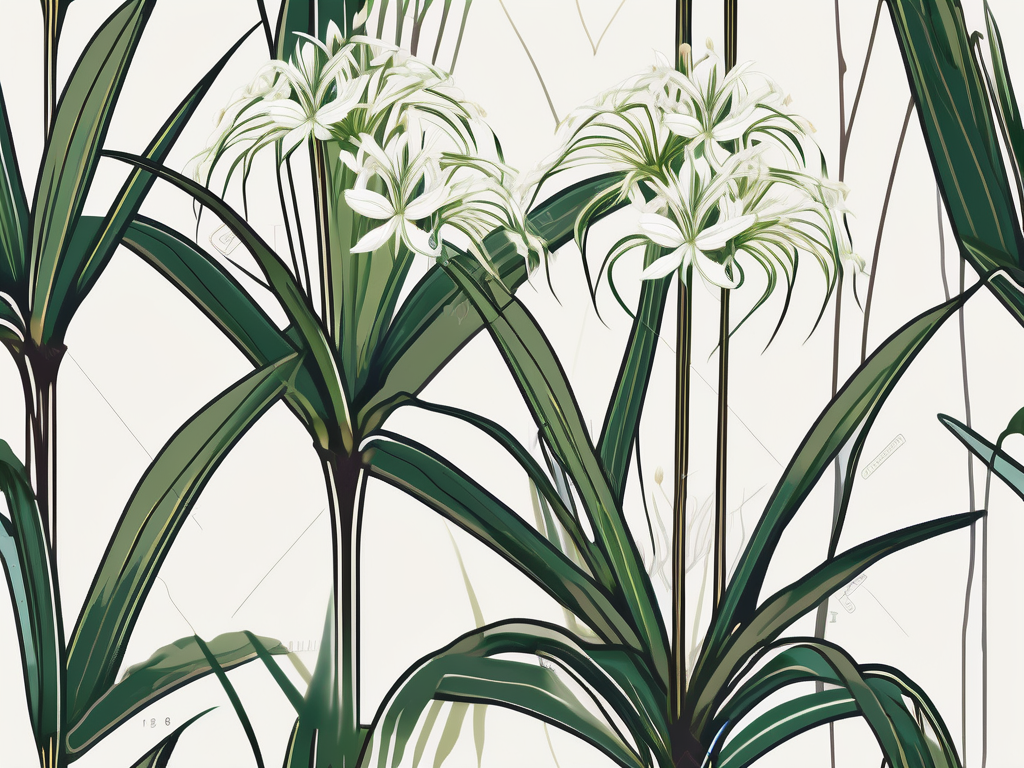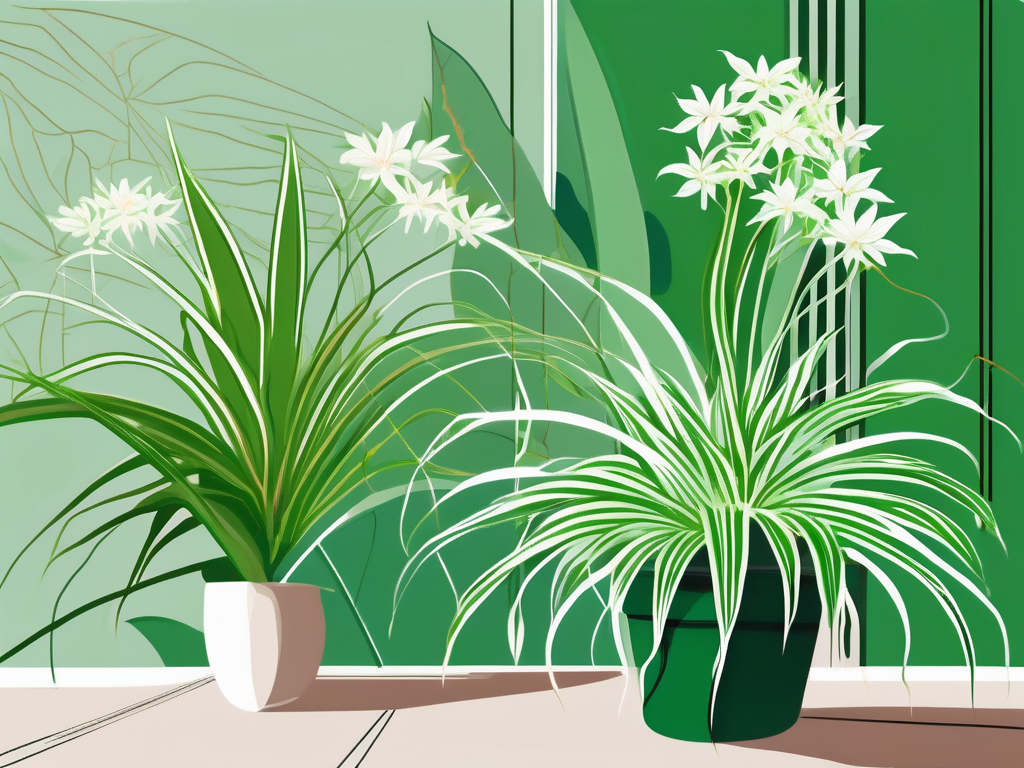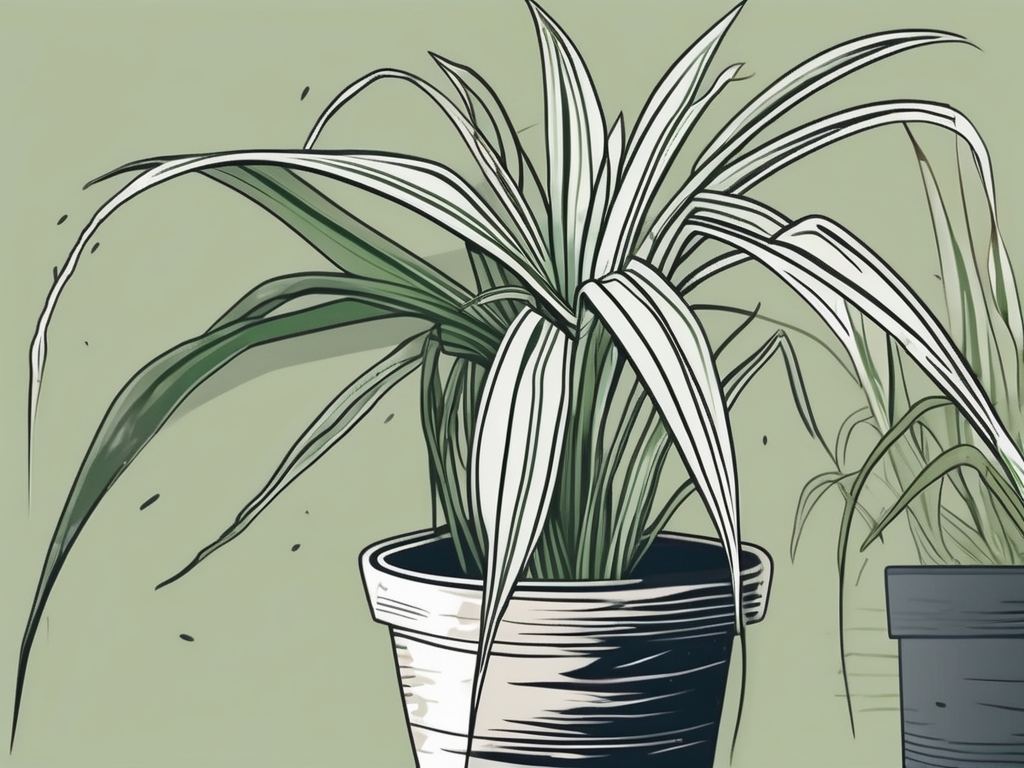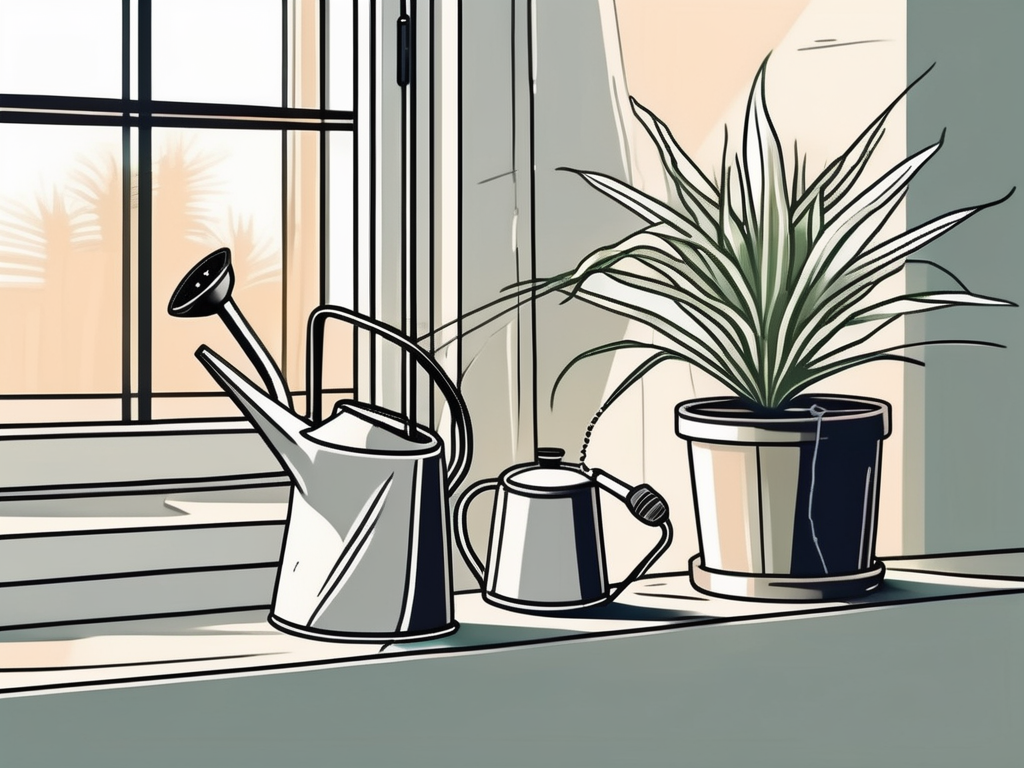
So, your spider plant isn't living up to its vibrant potential, huh? I feel your pain. Spider plants, with their charmingly arching leaves and lovable little plantlets, are usually the rockstars of the houseplant world. But when they start acting like divas and refuse to grow, it's easy to get frustrated. Don’t worry, though — you're not alone in this, and the good news is there’s almost always a way to nurse them back to health.
In this article, we're going to take a closer look at what might be causing your spider plant to stall in growth. We'll cover everything from lighting and watering to soil and pests. By the end, you'll hopefully have a clearer idea of how to get your plant back on track.
Getting the Light Right
The first thing to check when your spider plant isn't growing is its lighting situation. These plants are pretty forgiving but they do have their preferences. Spider plants thrive in bright, indirect light. Too little light can cause the plant to slow down or stop growing altogether, while too much direct sunlight can scorch its leaves.
So, how do you find the sweet spot? Place your spider plant near a window where it gets plenty of light but not directly under the sun's harsh rays. A north or east-facing window is usually ideal. If the plant is too far from the light source, it might be time to move it closer. Remember, a happy medium is what you’re aiming for here.
What if your home doesn’t have the best natural lighting? You can always supplement with artificial light. A simple LED grow light can do wonders for a plant that’s struggling due to low light conditions. Just be sure to follow the manufacturer’s instructions to avoid overexposure.
Interestingly enough, spider plants can also adapt to lower light levels, but their growth rate will often decrease. If your aim is to get them to grow lush and fast, ensuring they get enough, but not too much, light is crucial.
Watering Wisely
Watering issues are probably the most common cause of spider plant growth problems. These plants are pretty straightforward when it comes to their water needs, but that doesn't mean things can't go wrong.
Spider plants prefer their soil to dry out a bit between waterings. Soggy roots can lead to root rot, a condition that will definitely put a damper on growth. If you’ve been overzealous with the watering can, it might be time to cut back. On the flip side, underwatering can cause the leaves to dry out and brown, which isn’t exactly conducive to growth either.
So how do you strike the right balance? Here’s a simple method: stick your finger into the soil up to the first knuckle. If it feels dry, it’s time to water. If it’s still damp, give it a few more days. Also, consider the type of water you’re using. Spider plants can be sensitive to fluoride and chlorine found in tap water, so using distilled or rainwater can sometimes make a difference.
Feeding for Growth
Just like us, plants need their nutrients to grow big and strong. If your spider plant isn’t growing, it might be missing some key nutrients. During the growing season (spring and summer), feeding your plant with a balanced, water-soluble fertilizer can really help.
But be careful not to overdo it. Too much fertilizer can lead to salt buildup in the soil, which can damage the roots and stunt growth. A good rule of thumb is to fertilize once a month during the growing season and ease off during fall and winter.
For those who prefer a more natural approach, compost tea or fish emulsion can provide the necessary nutrients without the risk of over-fertilizing. Plus, they’re kinder to the environment — a definite win-win!
Checking the Soil
Soil quality is another biggie when it comes to plant growth. Spider plants prefer well-draining soil. If yours is compacted or dense, it might be time for a change. You can use a standard potting mix, but adding some perlite or sand can improve drainage.
Repotting might also be in order if the soil is depleted or if your plant is root-bound. Spider plants grow best when their roots have room to spread out. If you notice roots circling the bottom of the pot or growing out of the drainage holes, it might be time to upgrade to a bigger pot. Repotting is also a great opportunity to refresh the soil and give your plant a nutrient boost.
When repotting, be gentle with the roots. Break up any compacted areas and spread the roots out in the new pot. Fill in with fresh soil, water thoroughly, and let your plant settle into its new home.
Keeping an Eye on Temperature and Humidity
Temperature and humidity can also affect how well your spider plant grows. These plants prefer temperatures between 65°F and 75°F. They can tolerate cooler temps, but if it drops below 50°F, you might notice some growth issues.
As for humidity, spider plants are pretty adaptable, but they do prefer a bit of moisture in the air. If you live in a particularly dry climate, consider adding a humidifier to your plant's environment, or simply mist the plant occasionally.
Also, try to avoid placing your spider plant near drafts, vents, or heaters, as sudden changes in temperature can stress the plant and affect growth.
Inspecting for Pests
Nothing puts the brakes on plant growth quite like a pest infestation. Spider plants are relatively hardy, but they’re not immune to pests like aphids, spider mites, and mealybugs. These little guys can sap the life out of your plant, quite literally.
If you suspect pests, give your plant a thorough inspection. Check the undersides of leaves and around the base of the plant. If you find any unwelcome visitors, you can remove them with a strong spray of water or use a gentle insecticidal soap.
Keeping your plant clean and dust-free can also help prevent pests from setting up shop in the first place. Wipe down the leaves with a damp cloth occasionally and make sure the plant has good air circulation.
Dealing with Disease
Diseases can be another hurdle for spider plants. While they're typically resilient, they can fall victim to fungal infections or root rot, especially if conditions are consistently too wet.
Root rot is often a result of overwatering or poorly draining soil. If you notice your plant’s growth has stalled and its leaves are yellowing or wilting, root rot might be the culprit. In this case, you might need to repot the plant, cutting away any rotten roots with sterilized scissors and placing it in fresh, dry soil.
For fungal issues, such as mildew or leaf spots, improving air circulation and ensuring the plant isn’t overly wet can help. Fungicides are available, but always try to address the root cause of the problem first to prevent future issues.
Understanding the Pot's Role
The pot itself can sometimes play a role in your plant’s growth issues. Spider plants can become root-bound if they outgrow their container, which can stunt their growth. A snug fit is fine for a while, as it can even encourage them to produce more plantlets, but too tight, and they might stop growing altogether.
If you suspect your plant has outgrown its pot, gently remove it and check the roots. If they’re tightly packed or circling the pot, it’s time to repot into a container that’s one or two sizes larger.
Additionally, make sure your pot has proper drainage. Spider plants don’t like to sit in water, and a pot without drainage holes is a recipe for root rot.
The Role of Propagation
Sometimes, your spider plant might just need a little propagation love to get back on track. If it’s been looking slightly overcrowded or if the plant has produced a lot of plantlets, this could be affecting its growth. Propagation is not just a way to get more plants (which is always a plus), but it can also rejuvenate the original plant.
To propagate, you can cut off the plantlets and place them in water or soil to root. This not only helps the original plant by giving it some breathing space but also allows you to create new plants for other parts of your home or to share with friends.
Propagation can be a fun and rewarding process. You get more plants, and your spider plant gets a new lease on life — everyone wins!
Final Thoughts
In summary, if your spider plant isn't growing, it's likely due to one or more common issues like lighting, watering, or pest problems. By taking the time to assess and adjust these factors, you can help your plant thrive once again.
At Cafe Planta, we're all about helping you care for your green friends. Whether you're looking for new plants, plant care accessories, or just some advice, we’re here for you. Feel free to email us or drop us a message on Instagram. We believe plants bring people together, and we'd love to be a part of your plant journey. Happy planting!














